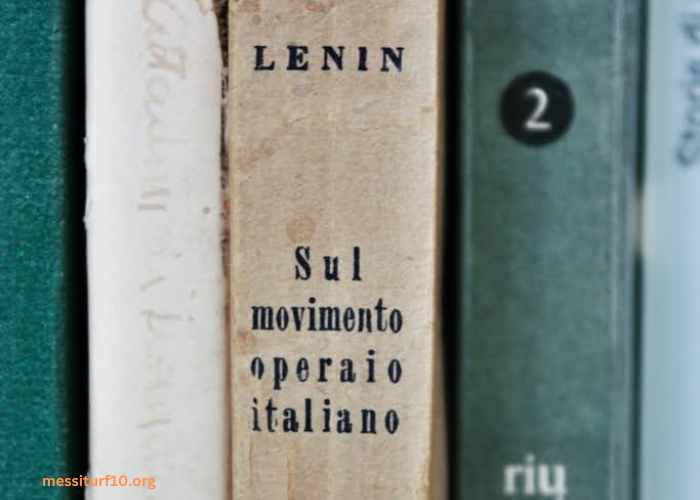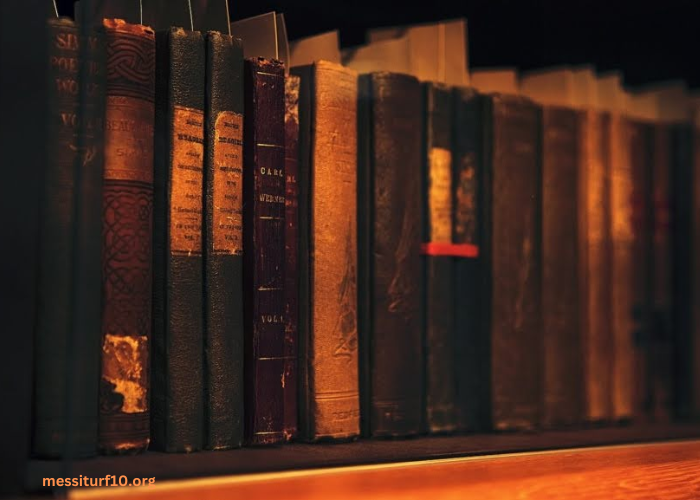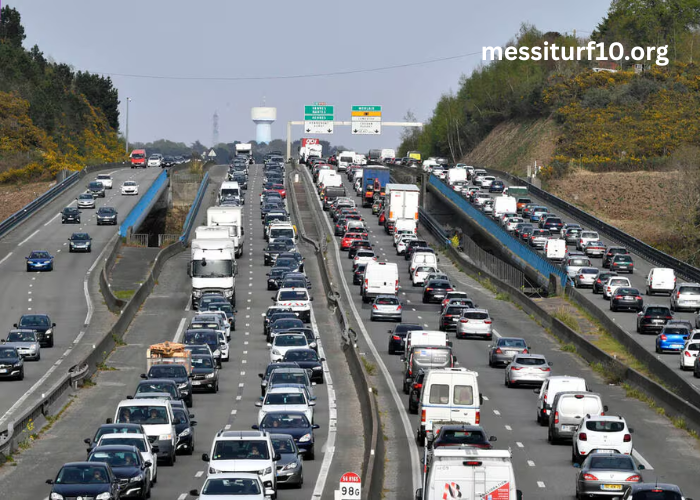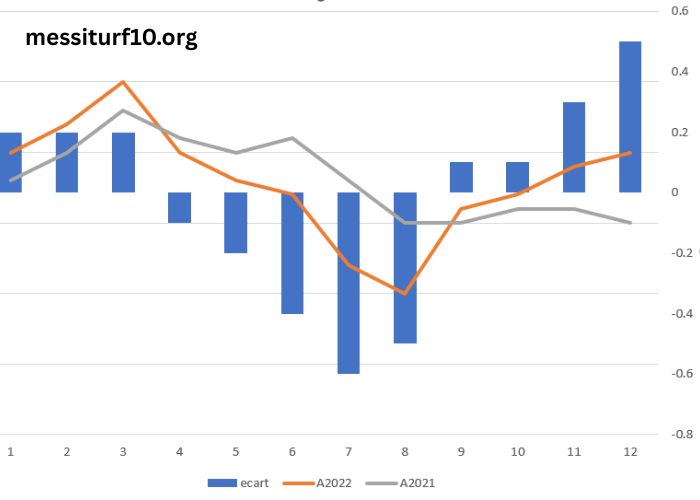THE BIRTH OF THE NOVEL
Our story begins in the early 18th century, a time when books were quite different from the novels we know today. Back then, literature was dominated by epic poems, plays, and philosophical treatises. But then came a revolutionary literary form—the novel. And it didn’t just tiptoe onto the scene; it waltzed in with Henry Fielding’s “The History of Tom Jones, a Foundling” (1749) and Samuel Richardson’s “Pamela” (1740).
These early novels were quite different from what we’re accustomed to. They were often lengthy and epistolary, written in a series of letters, diaries, or journal entries. Still, they introduced us to memorable characters like the virtuous Pamela and the rambunctious Tom Jones, setting the stage for the novel’s evolution.
THE AGE OF ENLIGHTENMENT AND SATIRE
As the Enlightenment era dawned, novels became a vehicle for exploring ideas and critiquing society. One of the most iconic novels of this period was Jonathan Swift’s “Gulliver’s Travels” (1726). If you think your travels are strange, imagine ending up in a land of tiny people or giants! Swift used satire to take a jab at the follies of humanity, and we’re still laughing (and cringing) at his observations today.
Meanwhile, Laurence Sterne’s “The Life and Opinions of Tristram Shandy, Gentleman” (1759-1767) played with narrative structure, breaking the fourth wall and experimenting with storytelling techniques. It’s like Sterne was the original meta-narrator, inviting readers into the chaos of his quirky tale.
ROMANTICISM AND THE BIRTH OF GOTHIC FICTION
Enter the Romantic era, where emotions ran high, nature was revered, and love was a tempestuous force. Novels of this period, like Jane Austen’s “Pride and Prejudice” (1813) and Emily Brontë’s “Wuthering Heights” (1847), explored themes of love, class, and societal norms. Austen gave us the sharp-witted Elizabeth Bennet and her brooding counterpart, Mr. Darcy, while Brontë introduced us to the dark and enigmatic Heathcliff.
But it wasn’t all delicate tea parties and brooding lovers. The Romantic era also gave birth to Gothic fiction, with classics like Mary Shelley’s “Frankenstein” (1818) and Bram Stoker’s “Dracula” (1897) sending shivers down our spines. These novels tapped into our deepest fears and desires, crafting tales of horror and the supernatural that continue to captivate us.
THE VICTORIANS AND SOCIAL REALISM

The 19th century saw a shift toward social realism in the novel. Charles Dickens, the master of social commentary, wrote sprawling works like “Great Expectations” (1861) and “Oliver Twist” (1837-1839). Through the trials and tribulations of characters like Pip and Oliver, Dickens shed light on the harsh realities of Victorian society.
Meanwhile, George Eliot’s “Middlemarch” (1871) delved into the complexities of small-town life, and Thomas Hardy’s “Tess of the d’Urbervilles” (1891) explored the tragic fate of its titular character. These novels were more than just stories; they were mirrors reflecting the issues of their time.
THE MODERNISTS: STREAM OF CONSCIOUSNESS AND EXPERIMENTATION
The turn of the 20th century ushered in the modernist movement, marked by a departure from traditional storytelling. Authors like Virginia Woolf in “Mrs. Dalloway” (1925) and James Joyce in “Ulysses” (1922) employed stream of consciousness narrative techniques, allowing readers to delve deep into the inner workings of characters’ minds.
It wasn’t all highbrow, though. Dashiell Hammett brought us gritty detective fiction with “The Maltese Falcon” (1930), and Agatha Christie kept us guessing “whodunit” in classic mysteries like “Murder on the Orient Express” (1934).
POST-WORLD WAR II AND EXISTENTIALISM
After World War II, the world was left grappling with existential questions about meaning and identity. Enter Albert Camus with “The Stranger” (1942), a novel that introduced us to the apathetic Meursault, embodying the absurdity of life.
J.D. Salinger’s “The Catcher in the Rye” (1951) gave us the iconic Holden Caulfield, a disenchanted youth struggling with the phoniness of the adult world. Salinger’s work became a touchstone for generations of young readers who identified with Holden’s disillusionment.
THE CONTEMPORARY LANDSCAPE: DIVERSITY AND GENRE BLURRING
Fast forward to the present day, and the novel has evolved in myriad ways. The contemporary literary scene is a diverse tapestry of voices and genres. We’ve seen the rise of magical realism with authors like Gabriel García Márquez (“One Hundred Years of Solitude,” 1967) and the popularity of dystopian fiction, epitomized by Suzanne Collins’ “The Hunger Games” (2008).
Furthermore, authors like Chimamanda Ngozi Adichie (“Half of a Yellow Sun,” 2006) and Mohsin Hamid (“Exit West,” 2017) have brought a global perspective to contemporary fiction, addressing issues of identity, migration, and cultural displacement.
THE DIGITAL AGE: E-BOOKS AND SELF-PUBLISHING
In the 21st century, the way we consume novels has undergone a revolution of its own. E-books and digital reading platforms have made literature more accessible than ever before. Self-publishing has given rise to indie authors who may not have had a chance in the traditional publishing world. The digital era has not only impacted books but also facilitated the expression of opinions on various topics, including literature, through platforms like Instagram. With Mixx, reaching a wider audience with your thoughts on favorite novels, authors, and characters is easier than ever.
However, some purists argue that the tactile experience of a physical book can never be replaced. The smell of well-worn pages, the satisfaction of turning a corner, and the beauty of a bookshelf filled with stories are part of what makes reading such a cherished pastime.
CONCLUSION: THE NOVEL’S ENDLESS EVOLUTION
So, dear readers, our journey through the history of the novel has brought us from the epistolary novels of the 18th century to the genre-blurring narratives of today. We’ve witnessed the evolution of storytelling techniques, the exploration of societal issues, and the enduring power of literature to entertain, inform, and provoke thought.
As we continue to move forward in the world of books, one thing remains certain: the novel is an art form that will continue to adapt, evolve, and surprise us. Whether you’re a fan of classic literature, contemporary fiction, or something in between, there’s a novel out there waiting to transport you to new worlds, introduce you to intriguing characters, and challenge your perspective.




